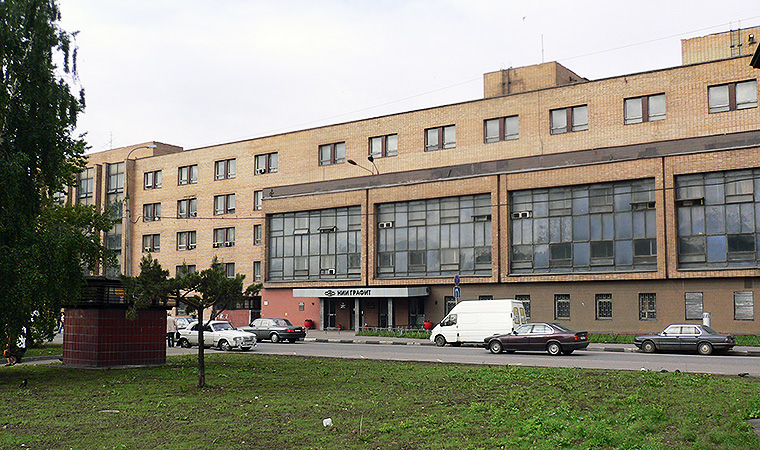
Carbon revolution in medicine
back to contentsIts first carbon fiber products for medical purposes were developed almost 50 years ago. Bandages are made of rayon fabric which is first heated in a special oven at a high temperature, then carbonized and graphitized. The next step is electrochemical treatment turning carbon into Karpema, a bandage with unique medical properties. “It is an excellent exudate absorbent speeding up the healing process in burns and wounds,” says Natalya Beylina, Head of NIIGrafit’s Department for Science and Technology Development. Karpema has no life limitations and may be impregnated with medicines and re-used after sterilization.
If interlaid with polyamide, bandages turn into a carbon fiber composite to manufacture light and reliable prostheses of almost any bone or joint. Prototypes have already been manufactured to replace hip, shoulder, ankle and other joints (artificial joints with nanoplate heads and carbon stems). Other applications include intervertebral discs, dental core prostheses, plates and screws for osteosynthesis (bone fracture fixation), and prosthetic calvaria.
Body-friendly prosthesis
Carbon fiber can be used to make micro drainage tubes to remove excessive fluid from the eye in case of glaucoma or from the body in case of edema. Carbonized felted fiber can be used to make prosthetic eyes. They are excellent in performing cosmetic function as the eye moves better in its socket. Unlike other prosthetic composites, this biomaterial prevents atrophy of the other healthy eye.
“The redox potential of carbon fiber is compatible with that of chemical reactions in the human body,” Natalya Beylina speaks about unique properties of carbon prostheses. “The human body often rejects titanium, a prosthetic material widely used in today’s medicine, while carbon is not perceived as a foreign matter.”
Gulnara Aberyakhimova, Advisor to NIIGrafit Director, adds, “The longer prosthesis is in the human body, the better it integrates into the host organism. As time passes, the prosthesis and bone become connected by a newly generated tissue recovering the missing function. The connective tissue modifies into a bone or cartilage depending on what body part was replaced.” Unlike titanium designs, carbon medical products are neither toxic nor carcinogenic or corrosive.
The Karpema bandage has been approved by the Russian Ministry of Healthcare and will soon go into production. “The licensing process is in its final stage and we plan to start production later this year,” says Gulnara Aberyakhimova. “Along with Russia, our products are in demand on the international market. Rusatom Overseas and TENEX have already found potential buyers in Europe, the Middle East and Africa, particularly the South African Republic.”




